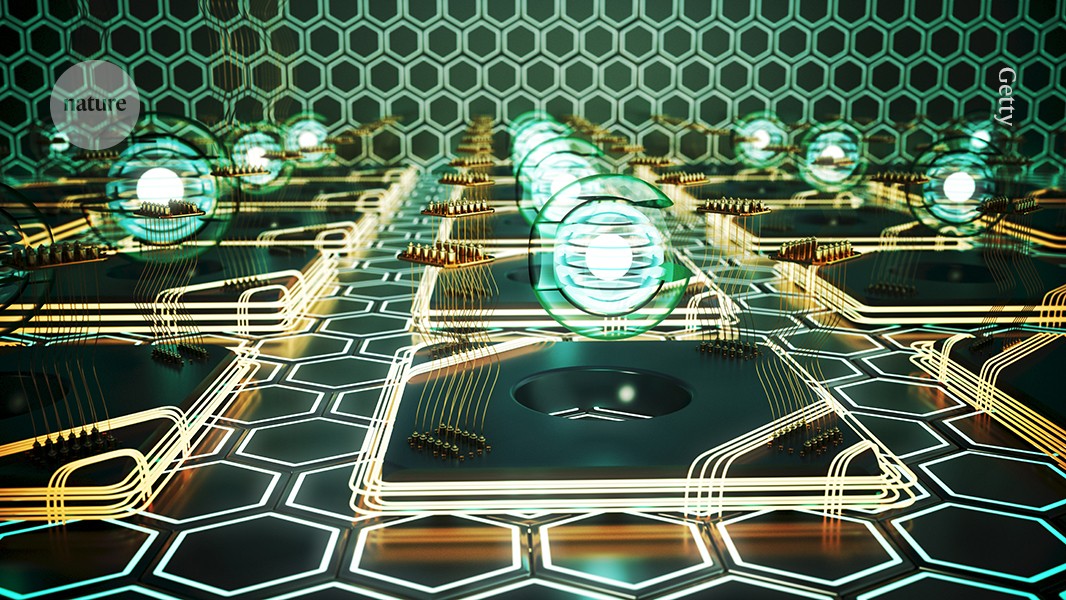
"A team has utilized an AI model to optimize the rapid assembly of neutral atom arrays, which could potentially serve as the 'brain' of quantum computers."
"AI is becoming a powerful paradigm for addressing complex scientific problems, enabling efficient and scalable rearrangement of atoms for quantum computing."
"Classical computers use bits, while quantum computers employ qubits, which can exist in superposition, essential for calculations involving entangled states."
"Scientists are trapping atoms with laser light to use them as qubits, storing quantum information in their electron energy levels, enhancing their quantum state stability."
Researchers have employed an AI model to enhance the assembly of neutral atom arrays, crucial for quantum computing. The AI's capability to quickly shuffle atoms was demonstrated through an animation of Schrödinger's cat. The approach, prompted by an AI laboratory collaboration, addresses challenges in efficiently rearranging atoms. Classical computers use bits, while quantum computing relies on qubits in superposition. Trapping atoms with laser light allows scientists to store information in electron energy levels, improving quantum state stability and addressing error issues in quantum systems.
Read at Nature
Unable to calculate read time
Collection
[
|
...
]